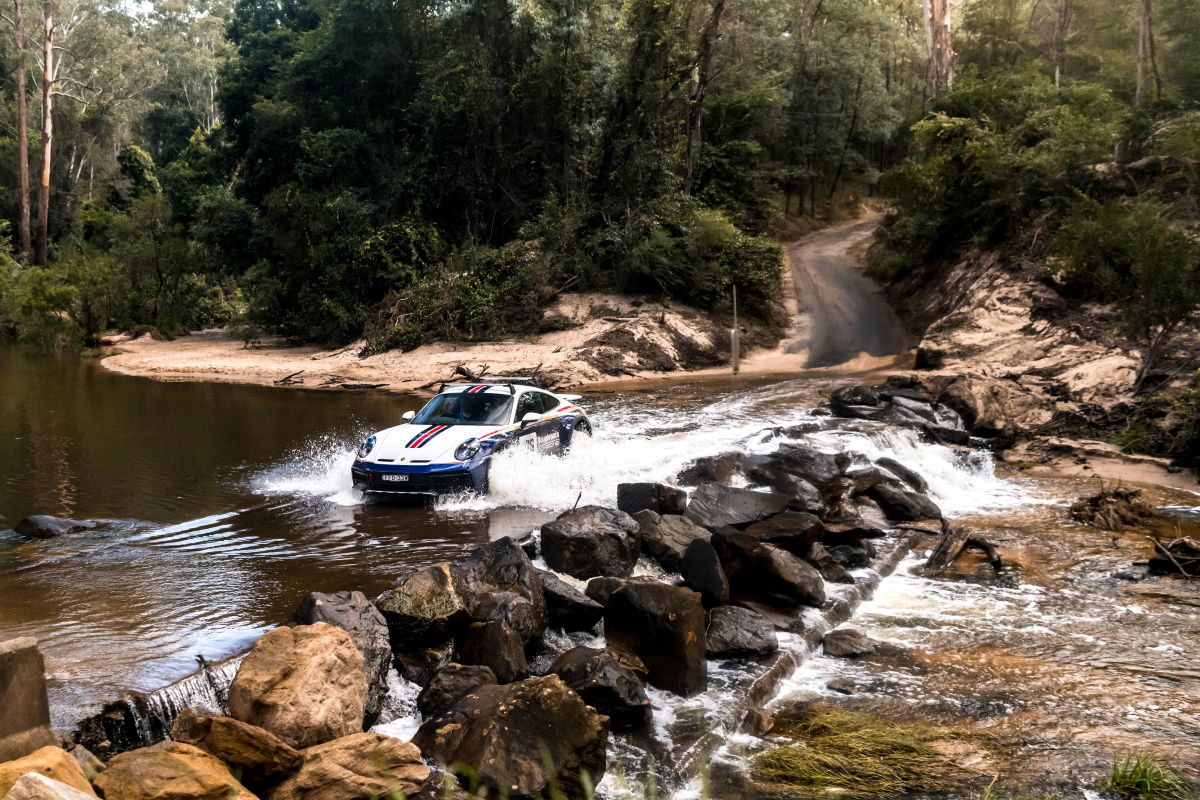
This is not your normal road test.
I’ve been fortunate enough over the course of my career to drive thousands of cars in some of the coolest locations. I’ve driven dozens of racetracks, drifted AMGs on ice, carved up Scandinavian mountain roads in Bentleys and explored the outback in the last Aussie-made Holden, to name just a few of the highlights.
But I’ve never done anything quite like what I’m doing here, because I’ve never driven a car quite like the Porsche 911 Dakar.
READ MORE: Porsche v the volcano
Inspired by its success in the 1984 Paris-Dakar Rally, the German brand has celebrated 40 years later by introducing the wildest and most-unlikely variant yet of its seemingly endless 911 variations. The 911 Dakar was arguably the first factory-produced sports car designed for off-road use.
And I mean off-road use in the truest sense… as you’ll discover.
VIDEO: Mark Webber and the Dakar
The back story
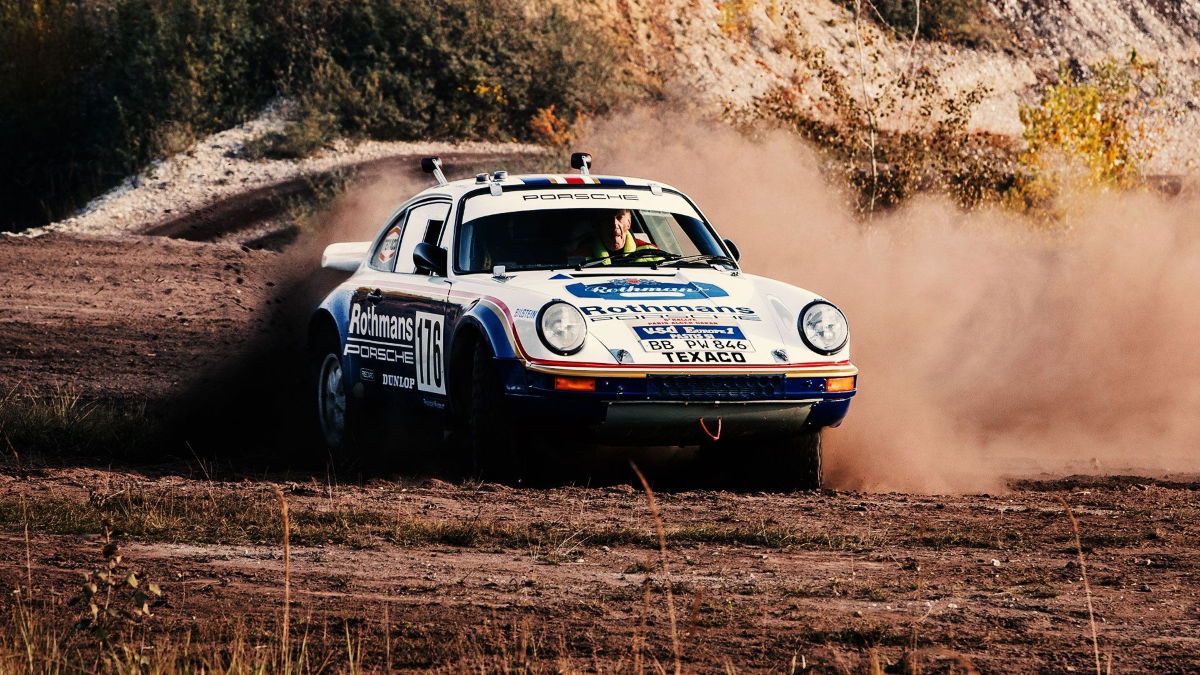
The Dakar Rally is the toughest motor race in the world, a gruelling two-week torture test across the desert sand dunes and rocky canyons, so any car that carries the name must have genuine off-road credentials.
Porsche has never been a brand to do things by half measures, but even so, when it decided to enter the Dakar Rally back in the ‘80s it seemed like wishful thinking a sports car could beat the bigger, more rugged 4×4 from the likes of Mercedes-Benz and Range Rover.
But, like I say, Porsche didn’t do half measures, so it hired 1983 winner (and grand prix and Le Mans winner) Jacky Ickx to lead the three-car Porsche team. They drove the 953-generation of the 911, powered by the 3.2-litre flat-six engine and equipped with all-wheel drive and a manually locking centre differential. The suspension was overhauled, the wheel travel was extended to 270mm and the ride height increased. Two huge fuel tanks, 120-litres at the front and 150-litres behind the driver, were added for the long desert stages.
While Ickx didn’t win, his teammate, Frenchman René Metge and navigator Dominique Lemoyne did, making history in the process.
The car Metge and Lemoyne drove was #176, which appropriately enough is the number on the side of our ride for today.
A 911, but not like you know it
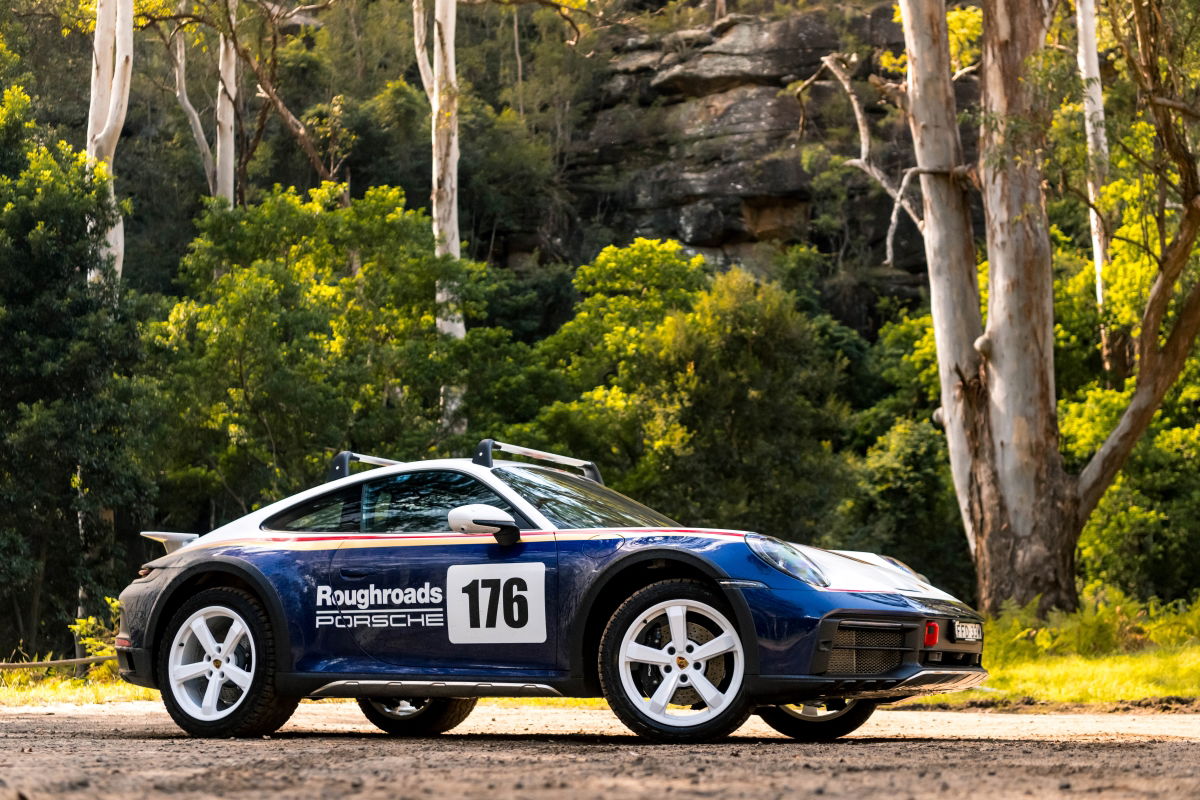
Now, 40 years after Porsche’s famous victory, the company has produced this limited edition version of its iconic sports car. This is no sticker pack (although our test car pictured does have the optional Rallye Design package which brings the ‘Roughroads’ livery), with Porsche spending years on this project and integrating serious off-road ability into what’s traditionally been a smooth road sports car.
The company teased what was in story back in 2020, revealing it had created the 911 Safari concept behind closed doors. This evolved into the car you see here, which features a raft of unique elements over the 911 Carrera 4 GTS on which it’s based.
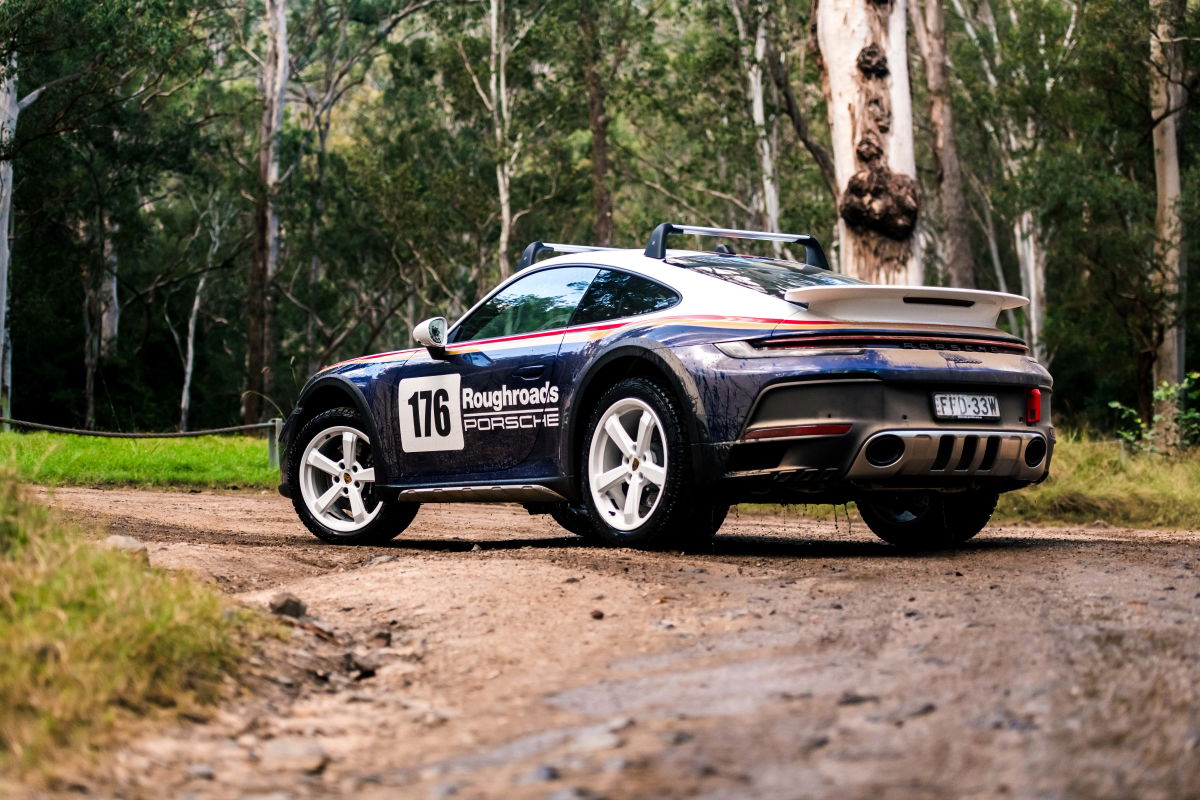
As you’d expect, the suspension has been completely redesigned, for more ride height and off-road performance. There’s an extra 50mm of ground clearance compared to a standard 911 and then you can lift it an additional 30mm when the going really gets rough. Porsche has made its Dynamic Chassis Control with anti-roll stabilisation system standard, as well as rear-axle steering, critical when navigating tight off-road trails.
Underneath the wider wheel arches are new alloy wheels (19-inches at the front and 20-inches at the rear) fitted with Pirelli Scorpion All Terrain Plus tyres, which were specifically developed by the Italian brand for the 911 Dakar.
There’s also stainless steel underbody protection as well as red aluminium towing points front and rear for practical and styling reasons. The GT3-style front bonnet is made from carbon fibre reinforced plastic, as is the new rear wing.
If that’s not enough for you Porsche has developed practical off-road features for those who really want to get adventurous with their 911. There’s an optional roof rack that can take up to 42kg of extra gear as well as act as a mount for the light bar. So you can carry spare tyres, extra fuel or even traction boards for your serious outback expeditions. Or you can even choose to add a roof tent and take your 911 camping.
Then there’s the Rallye Design package, which gets the Rothmans-inspired blue livery with red and gold stripes, but also adds a half roll cage, six-point racing-style harnesses and a fire extinguisher.
The ultimate test

With Porsche building just 2500 examples of the 911 Dakar globally, getting your hands on one is incredibly difficult – even for a motoring journalist. Luckily, Porsche Australia secured an example that we could drive and told Torquecafe we could have a go… provided we came up with something out of the ordinary to test it (because a car like this deserves more than a quick spin around the block).
My immediate reaction was to take this rally-inspired, off-road capable sports car to some of the best roads in New South Wales. Specifically the famous Bells Line of Road across the Blue Mountains, as well as some of the rally-styles trails that litter the region.
But surely Porsche would baulk at the idea of getting its very expensive and very rare sports car dirty and possibly damaged on some pretty rugged and challenging roads? Hardly. The Porsche team loved the idea and encouraged us to bring it back as dirty as possible!
So that’s what we set out to do – put the 911 Dakar to the ultimate test on both the best sealed and unsealed roads we could find. We wanted to discover if it had retained the core on-road dynamics of the 911, while adding genuine off-road ability.
A true 911
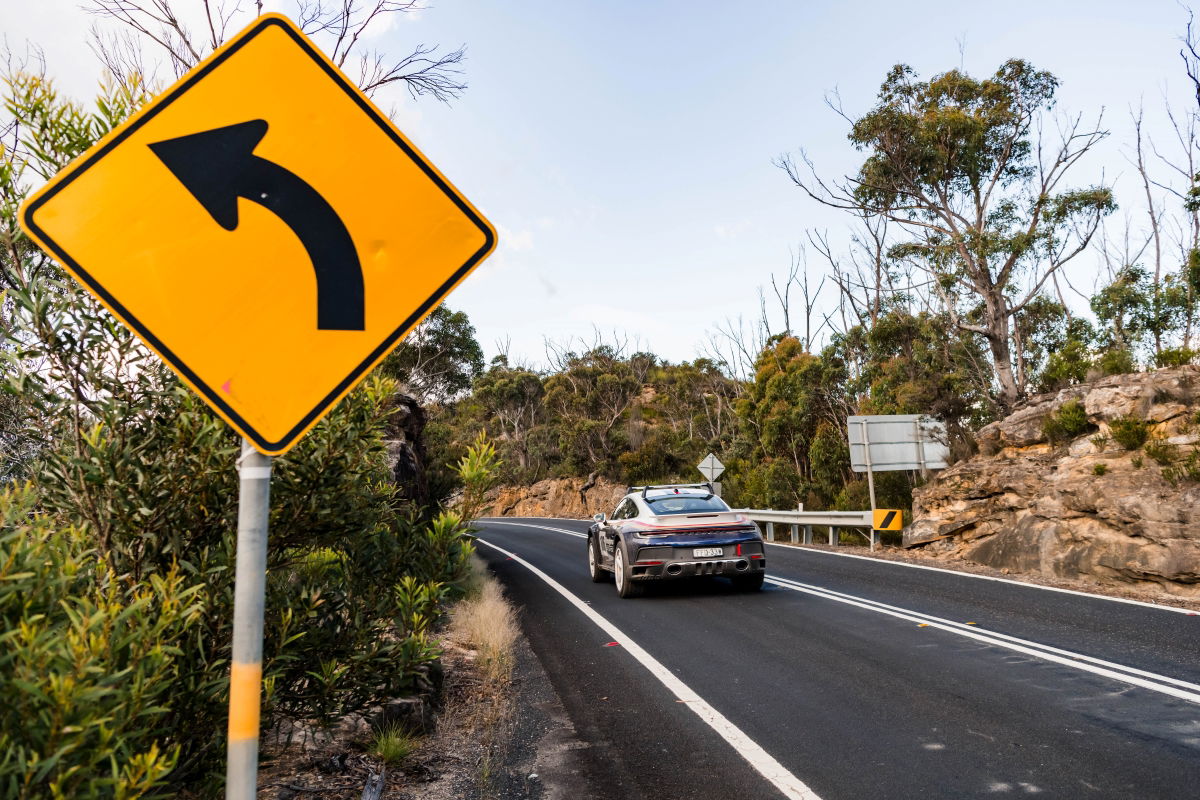
Our test drive takes us out of Sydney to the west and while we work through the usual morning traffic it becomes immediately apparent that the 911 Dakar is just as user-friendly as any other member of the 911 family. It’s got that easy-to-live-with character that makes the 911 one of the few sports cars you really could daily drive.
Our particular ‘Roughroads’ version does attract plenty of attention, but otherwise the Dakar blends in with traffic. So much so it makes me wonder if most people would even notice the Dakar in its standard form (without the racing livery and number).
Motivation comes from the same 3.0-litre twin-turbo flat-six engine found in much of the 911 range, but it’s tuned to make 353kW of power and 570Nm of torque, and gets the same trick engine mounts as the 911 GT3. It’s paired with Porsche’s eight-speed dual-clutch transmission as standard and, of course, is all-wheel drive.
One concern I had pre-drive was that the extra ride height and nobby Pirelli tyres would dull the on-road driving experience. That’s not the case at all, instead the Dakar feels just as sharp and planted as any other member of the 911 as we carve across Bells Line of Road.
But this was the easy test, soon it’s time to turn off the smooth, tarmac-covered roads and really put this Porsche to the test.
Unlikely meeting
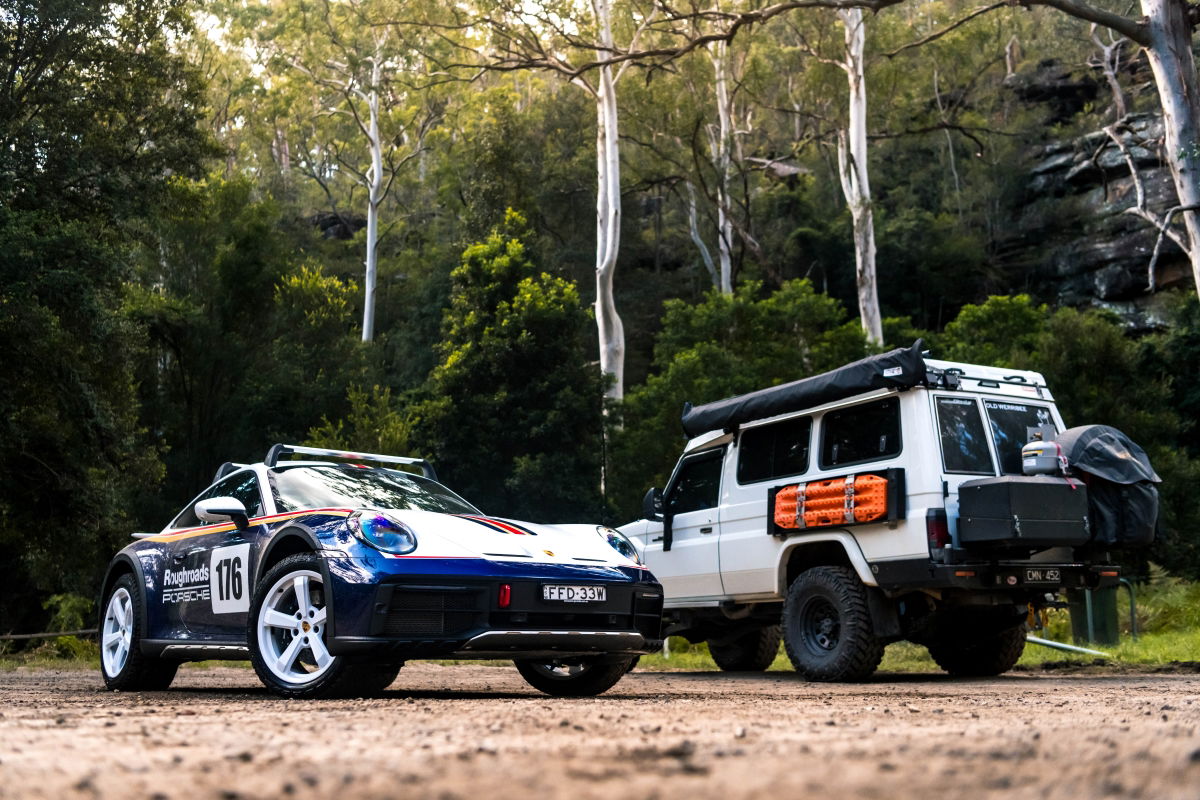
It doesn’t take long for things to start to feel very, very strange. Even with the off-road-specific ‘Rallye’ drive mode engaged and maximum ride height set, driving across a rutted, pot-marked, gravel road in a $500k Porsche feels odd.
This is not where 911s usually go and soon I’m face-to-face with a bloke in a Toyota LandCruiser 70 Series on a very rough and rugged off-road trail in the beautiful Blue Mountains with a look of befuddlement on his face. I probably share the same look.
Rain a few weeks early had clearly deteriorated the off-road trails, but the Dakar never faltered. It took everything in its stride, being agile enough to dart around the smaller potholes at speed while also having the clearance and suspension travel to crawl across the deeper ruts and rocks.
When the road opens up we’re about to have some fun and unleash more of the Dakar’s performance potential and thanks to the special Pirellis, it feels just as sure-footed on these loose roads as it does on the tarmac.
Even a water crossing, which caused one Toyota Prado owner to pause and consider turning back, doesn’t faze the Porsche, with the Dakar’s extra ride height allowing it to simply power through.
Like I said at the beginning, I’ve driven a lot of cars in some very cool places, but nothing has ever quite felt like this. Blasting down gravel roads in a Porsche 911, feeling like I’m on a rally stage, is something truly special.
It really does feel just as dynamically poised and precise on these gravel roads as any 911 I’ve driven on sealed roads, gracefully powering from one corner to the next.
Is it worth it?
Before long the gravel gives way to tarmac again and our day in the Dakar is coming to an end. Which has me reflecting on Porsche’s decision to make this car and what its real value is. On paper, Porsche Australia is charging $491,400 (plus on-road costs), which is a lot, but in reality with only 2500 examples produced globally, the moment you buy it the Dakar will start appreciating in price, not depreciating.
But philosophically, what’s the real value of such a unique and narrow-focused sports car? Is it just a cynical cash grab from Porsche to squeeze extra value out of the 911 with a staggering 24th variant? Or is this the start of something special we should appreciate for its unique nature?
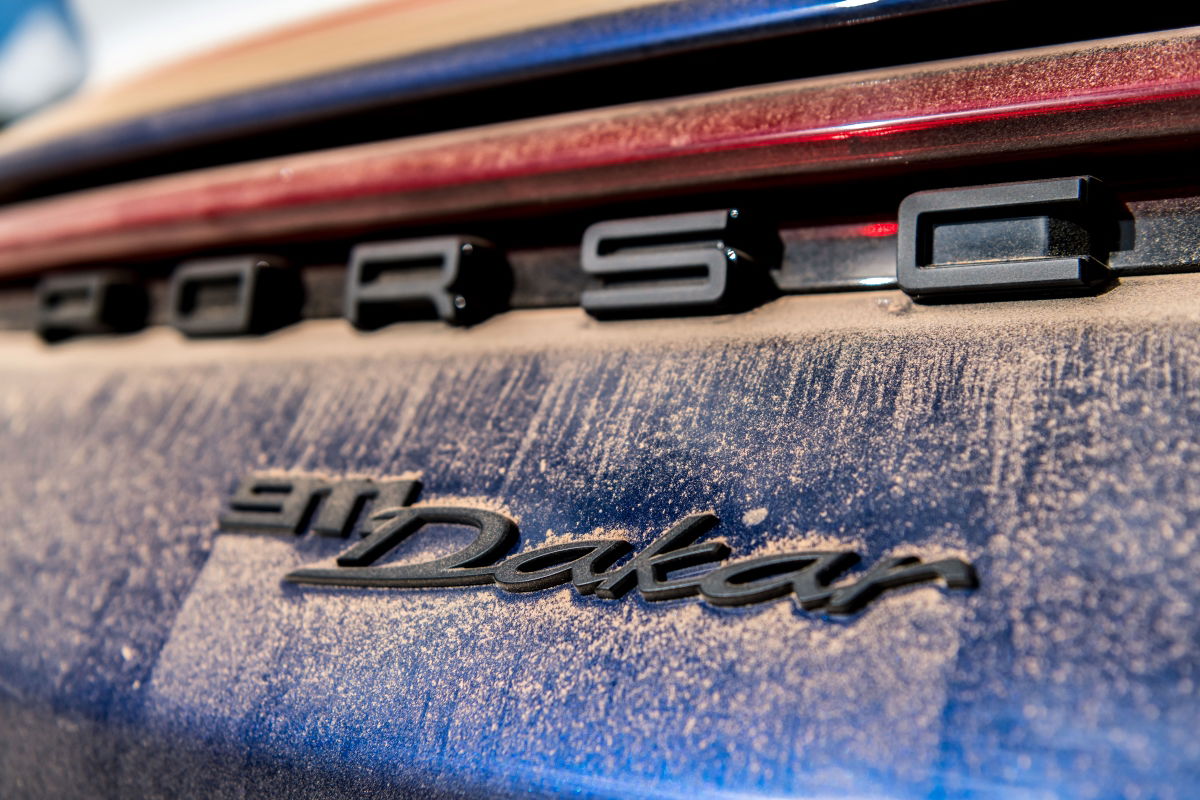
After a day behind the wheel I think it’s firmly the latter. If this was just a cash grab then Porsche didn’t need to actually go to such extreme lengths to engineer so much actual off-road ability into the car, a simple graphic pack and some new springs likely would have sold an additional 2500 cars.
No, this is the opposite of cynical. This is Porsche proving it lets engineers and ‘car people’ run the business. It’s a celebration of the brand’s past, but it also speaks to a present and future that is very much focused on building cars that are more focused and truly special.



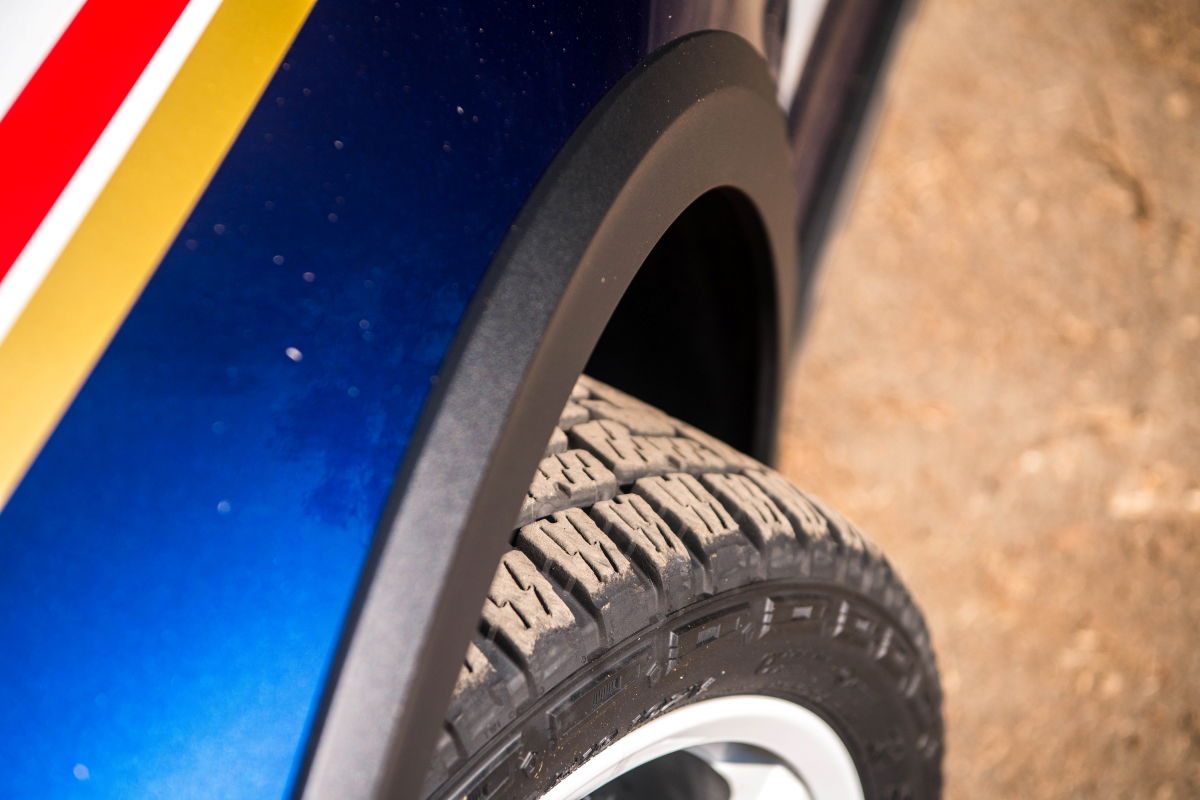
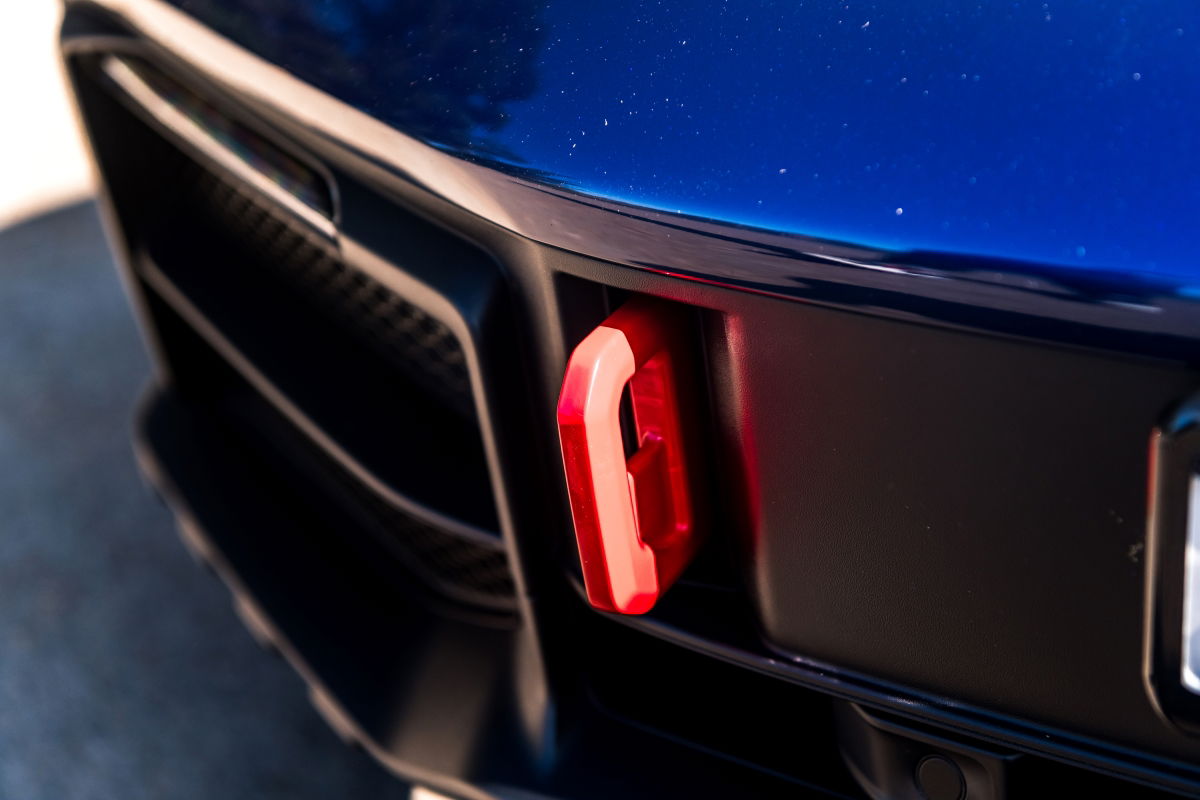
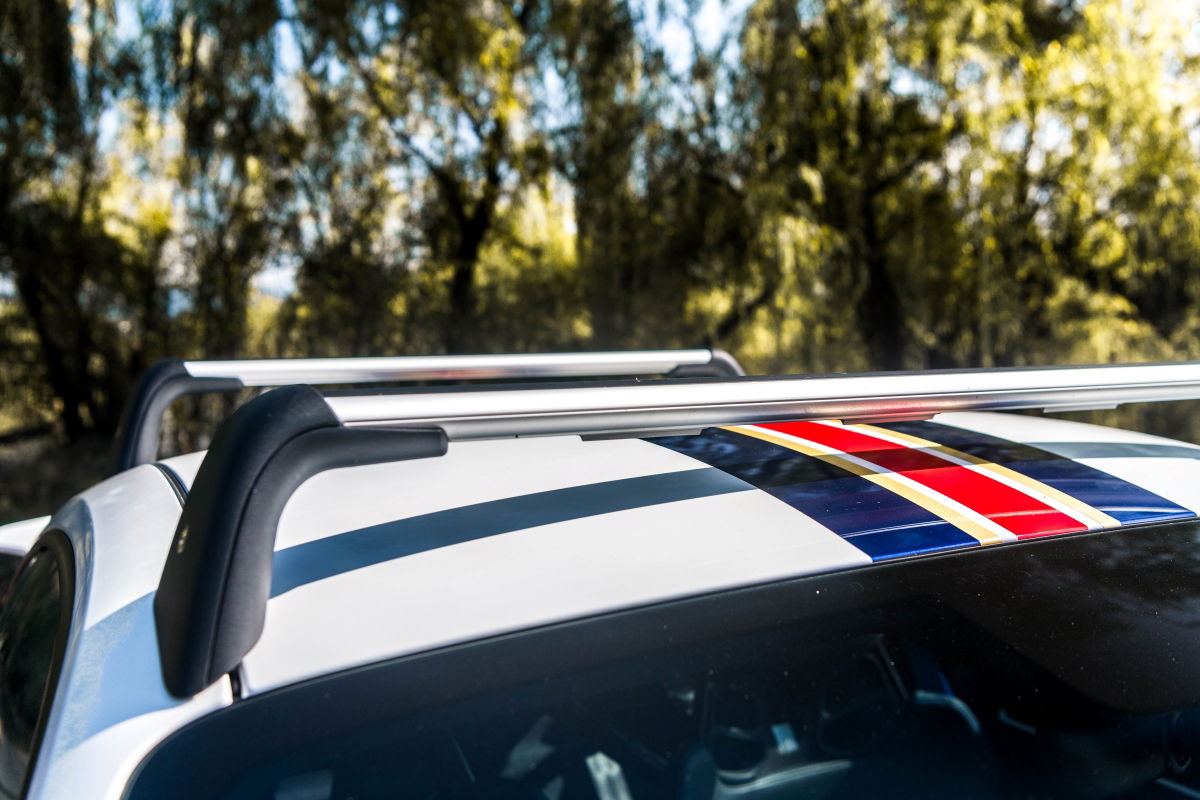
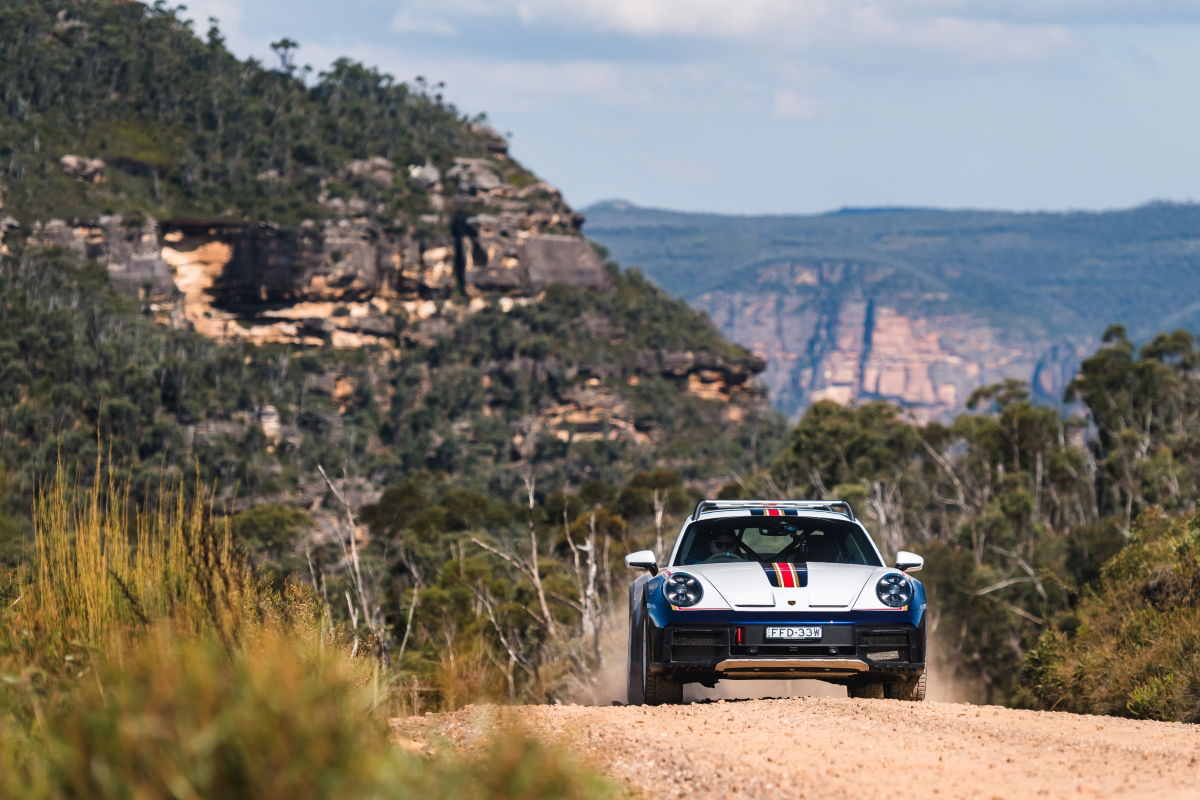
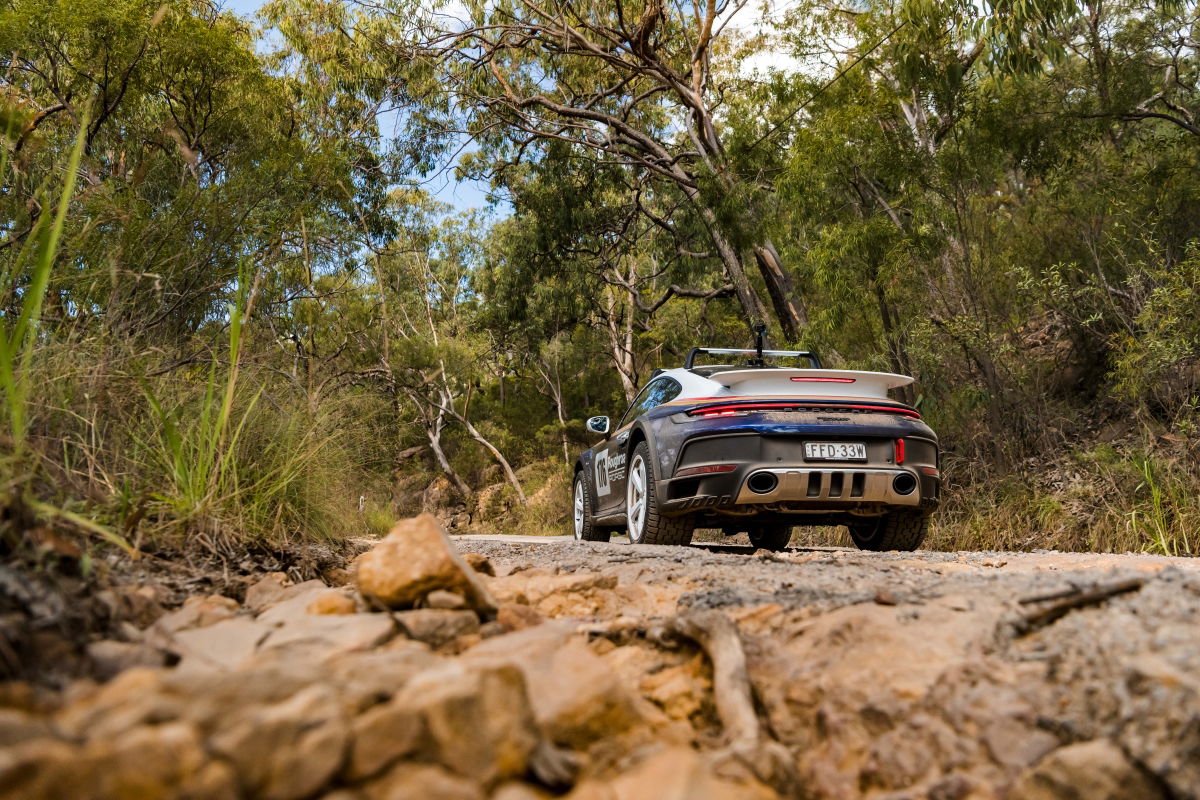
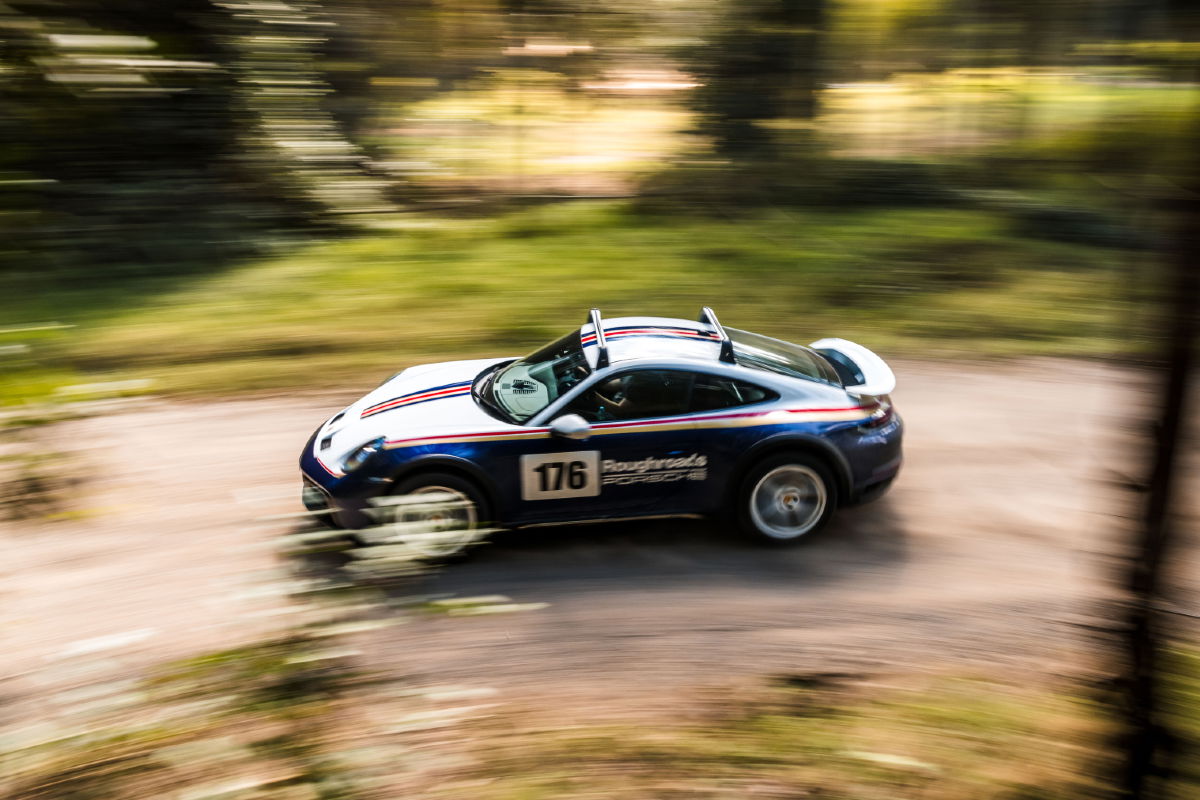
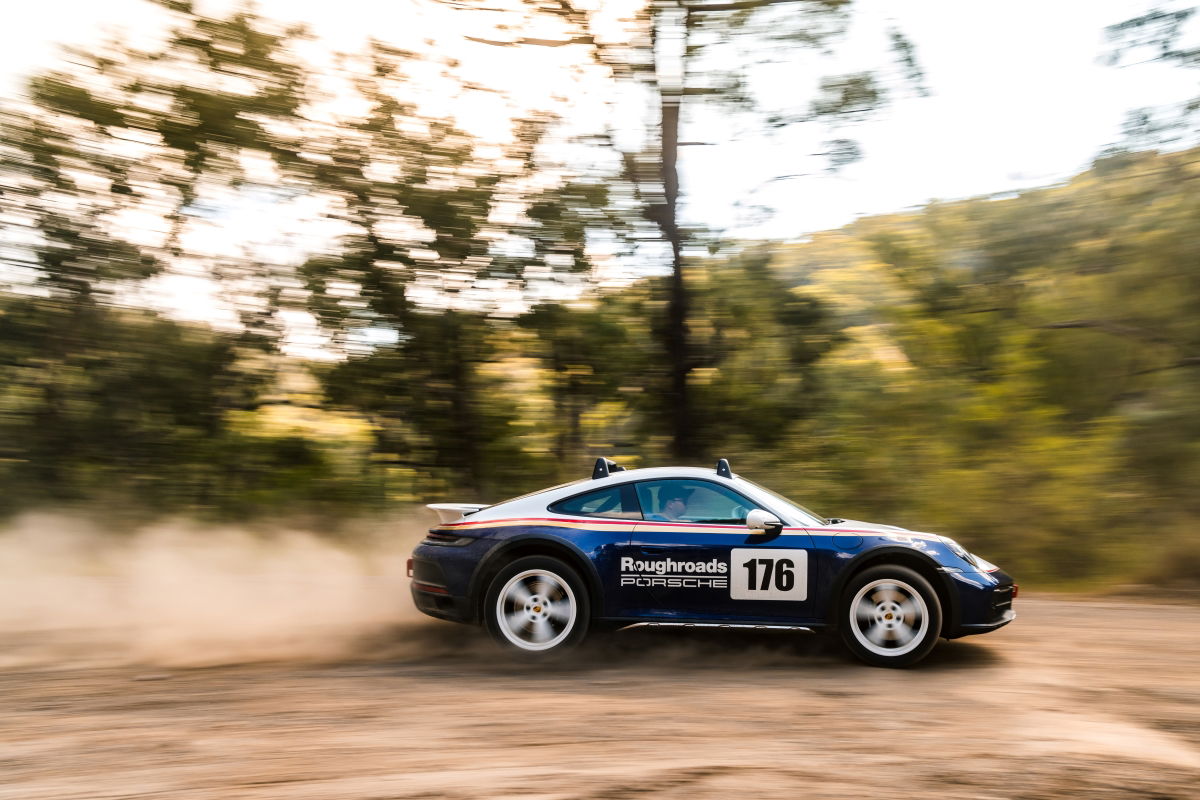
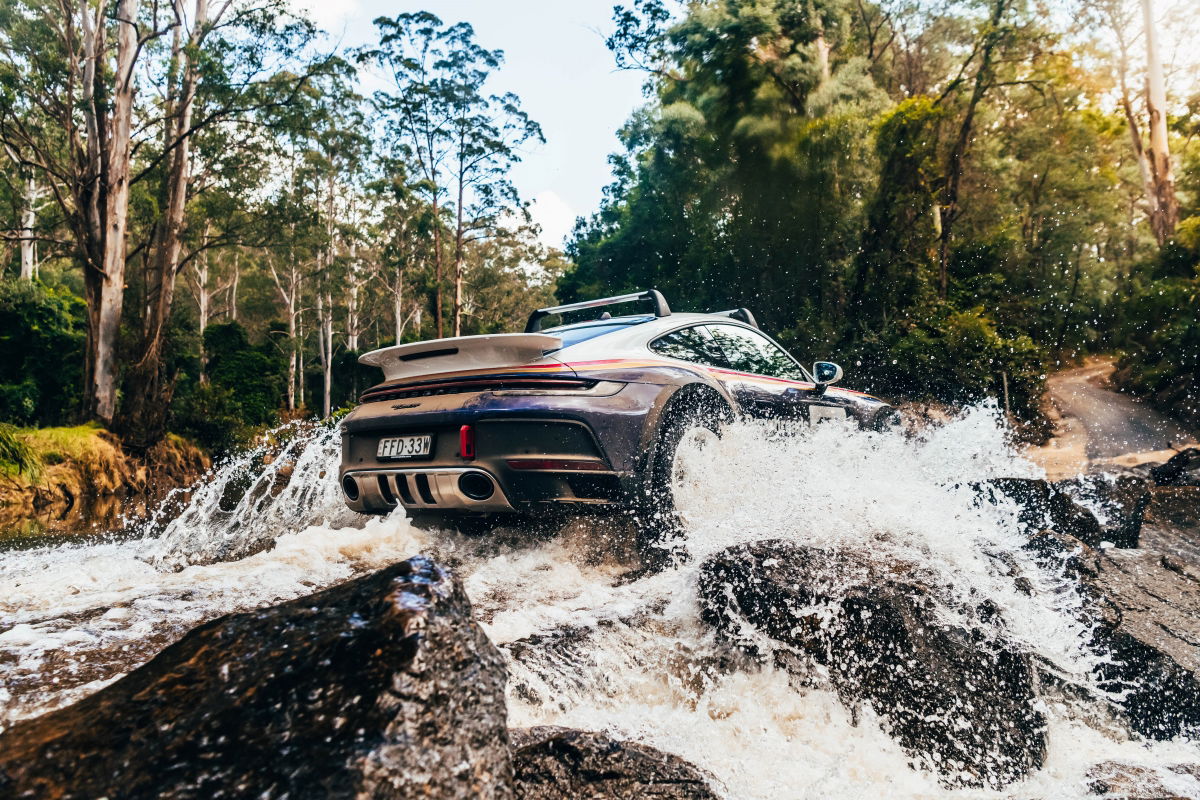
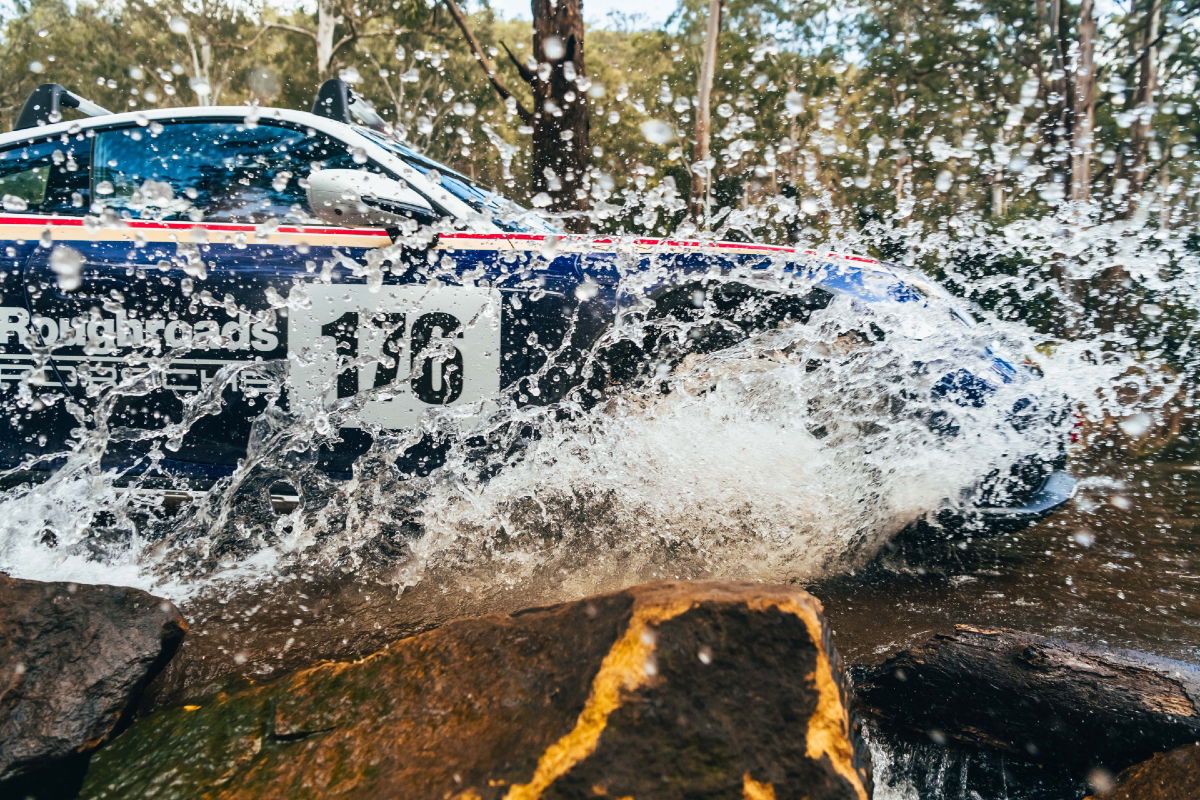
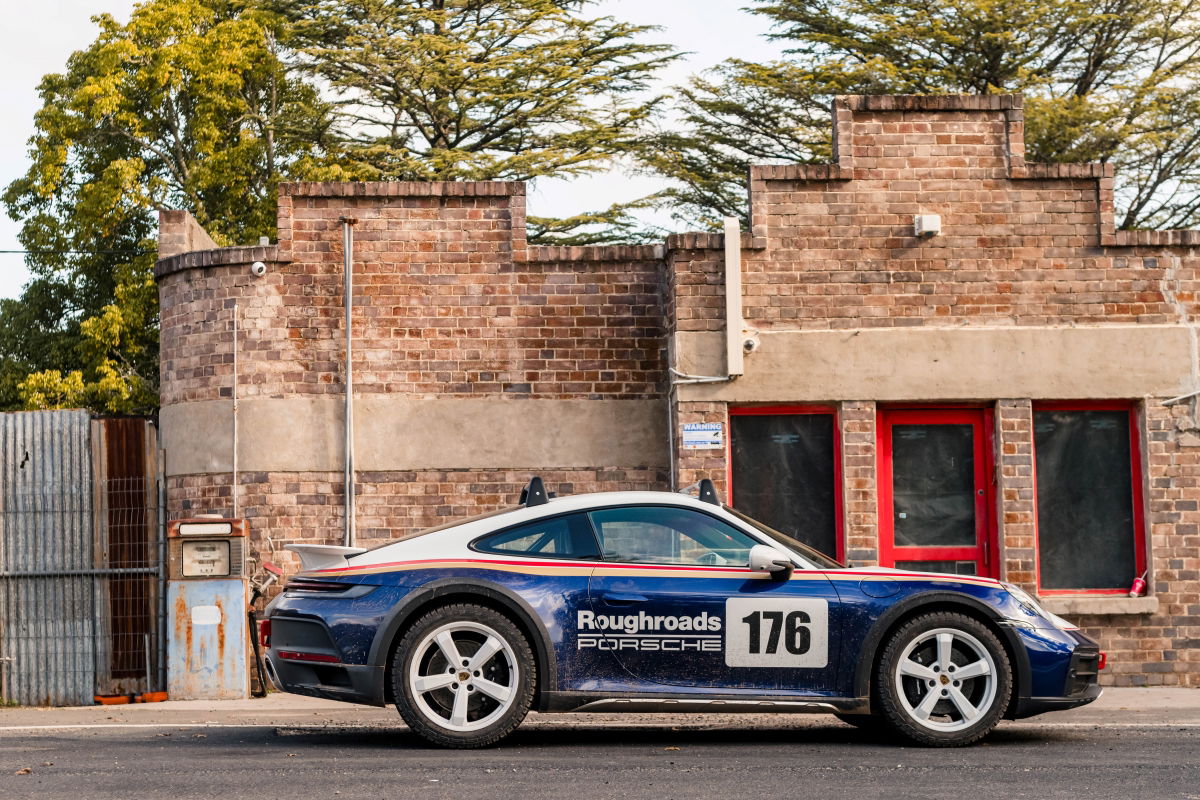
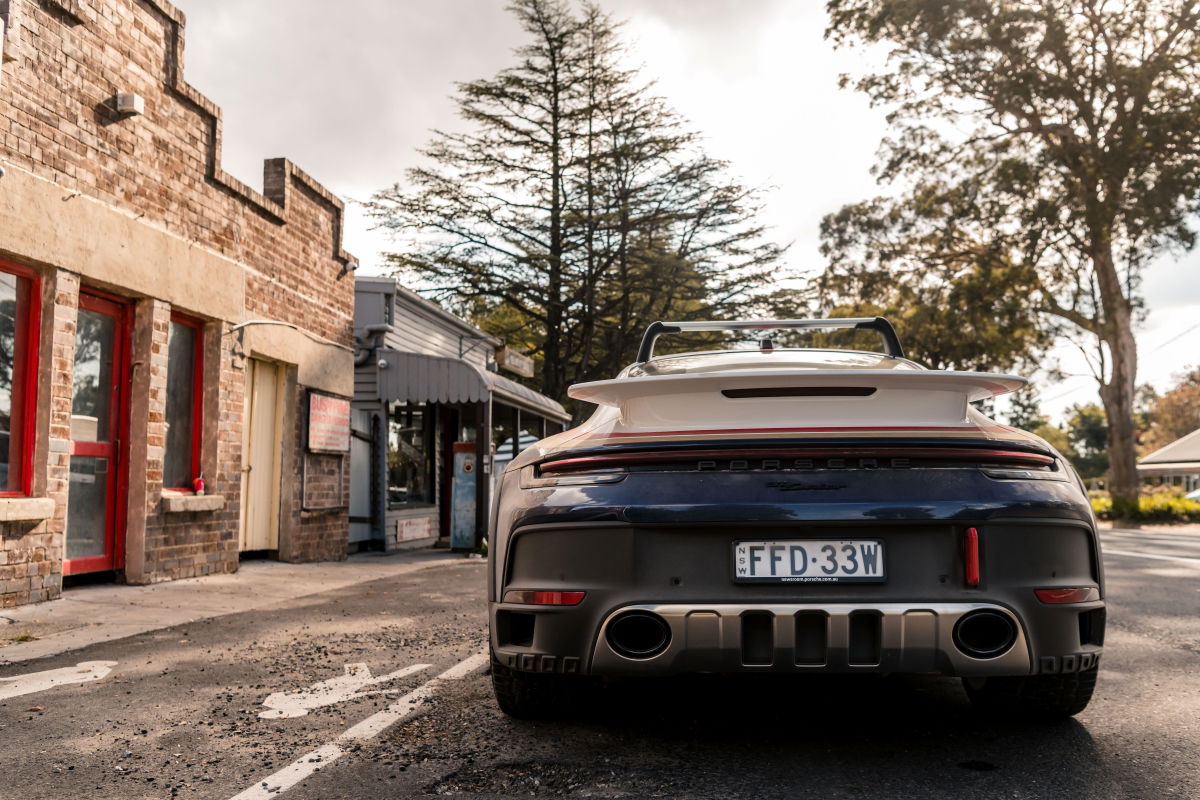
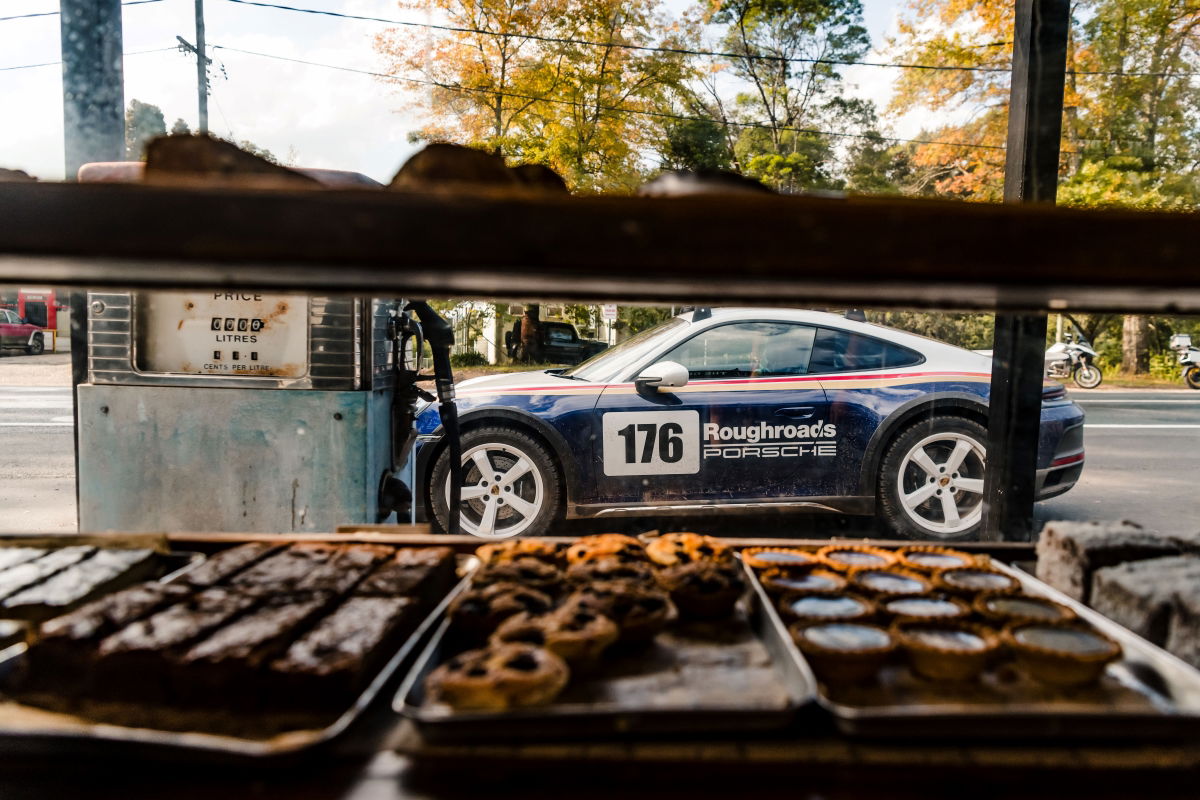










Discussion about this post